David Hurn and Martin Parr: How to Build an Art Collection by Swapping Prints
Ahead of the opening of David Hurn’s Swaps exhibition, curated by Martin Parr, the Magnum photographers and print aficionados share their love for photography and their passion for collecting
Magnum Photographers
David Hurn A sign in the Arizona desert. It means that very shortly the whole of the area will be developed with housing and shopping Malls. USA, 1979. © David Hurn | Magnum Photos
License |
Eve Arnold American actress Marilyn Monroe portrayed in the bathroom of Chicago O'Hare airport, while waiting for a plane to Champaign, Illinois, where she was to attend the centenary celebrations of the town (...)
License |
David Hurn Outdoor group fitness early in the morning in the retirement Sun City, Arizona, 1980. © David Hurn | Magnum Photos
License |
Elliott Erwitt IRELAND. 1968. Ballycotton. © Elliott Erwitt | Magnum Photos
License |
Josef Koudelka Invasion by Warsaw Pact troops near the Radio headquarters. Prague, Czechoslovakia, August 1968. © Josef Koudelka | Magnum Photos
License |
Henri Cartier-Bresson French painter Henri Matisse at his home, villa "Le Rêve". Vence, France, February 1944. © Henri Cartier-Bresson | Magnum Photos
License |
Alex Webb Etroits, La Gonave, Haiti, 1986. © Alex Webb | Magnum Photos
License |
"I don’t believe we’re unimportant, but I don’t think we should get too pompous"
- David Hurn
Bruce Davidson Welsh miners, Wales, 1965. © Bruce Davidson | Magnum Photos
License |



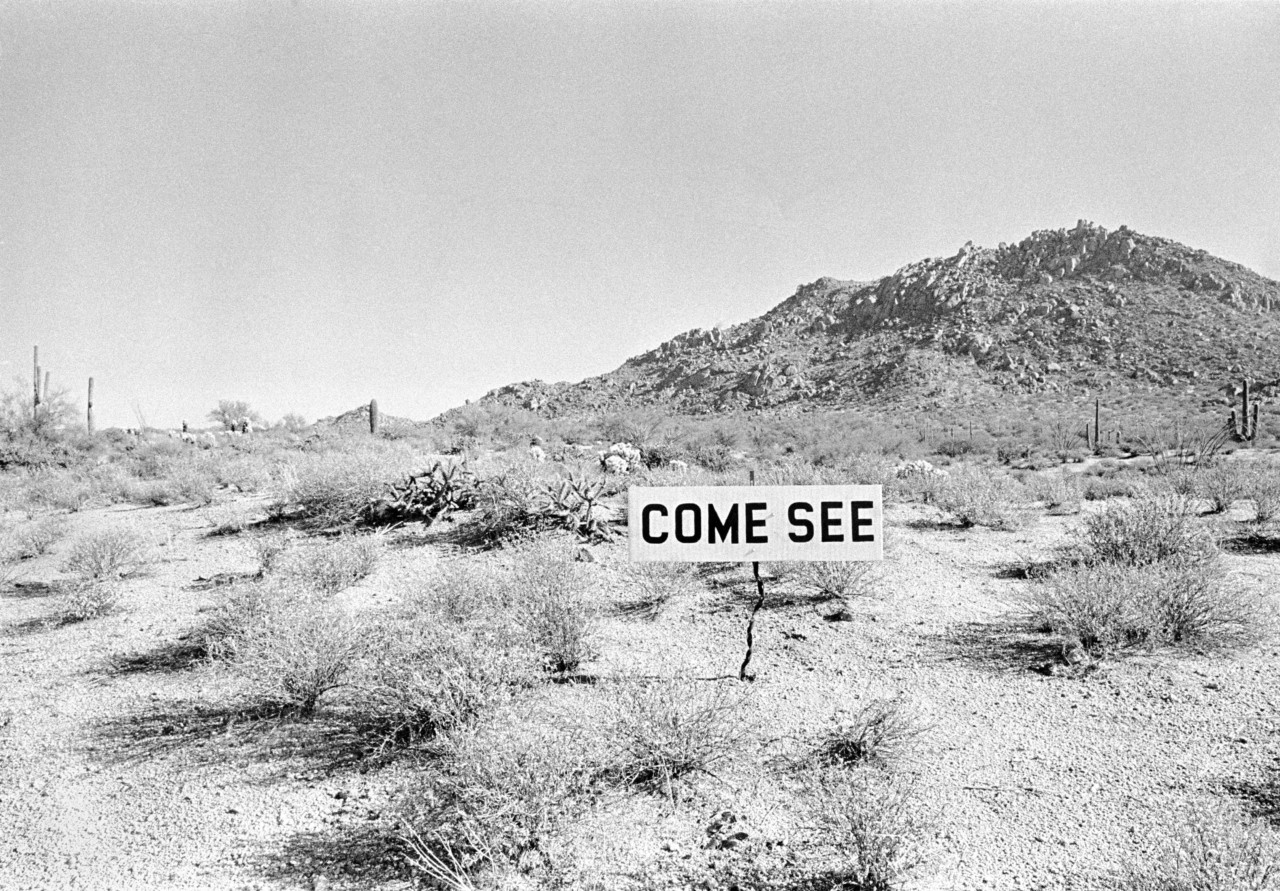

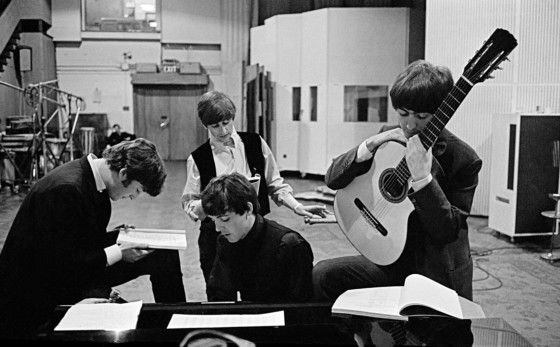
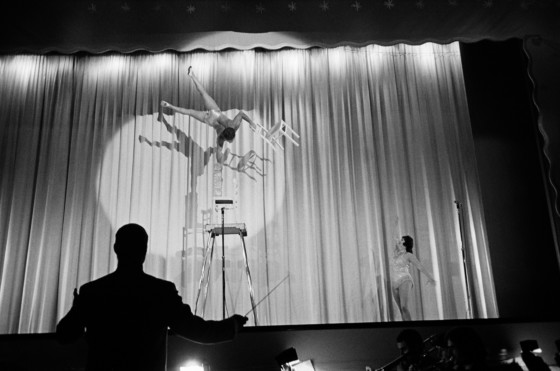
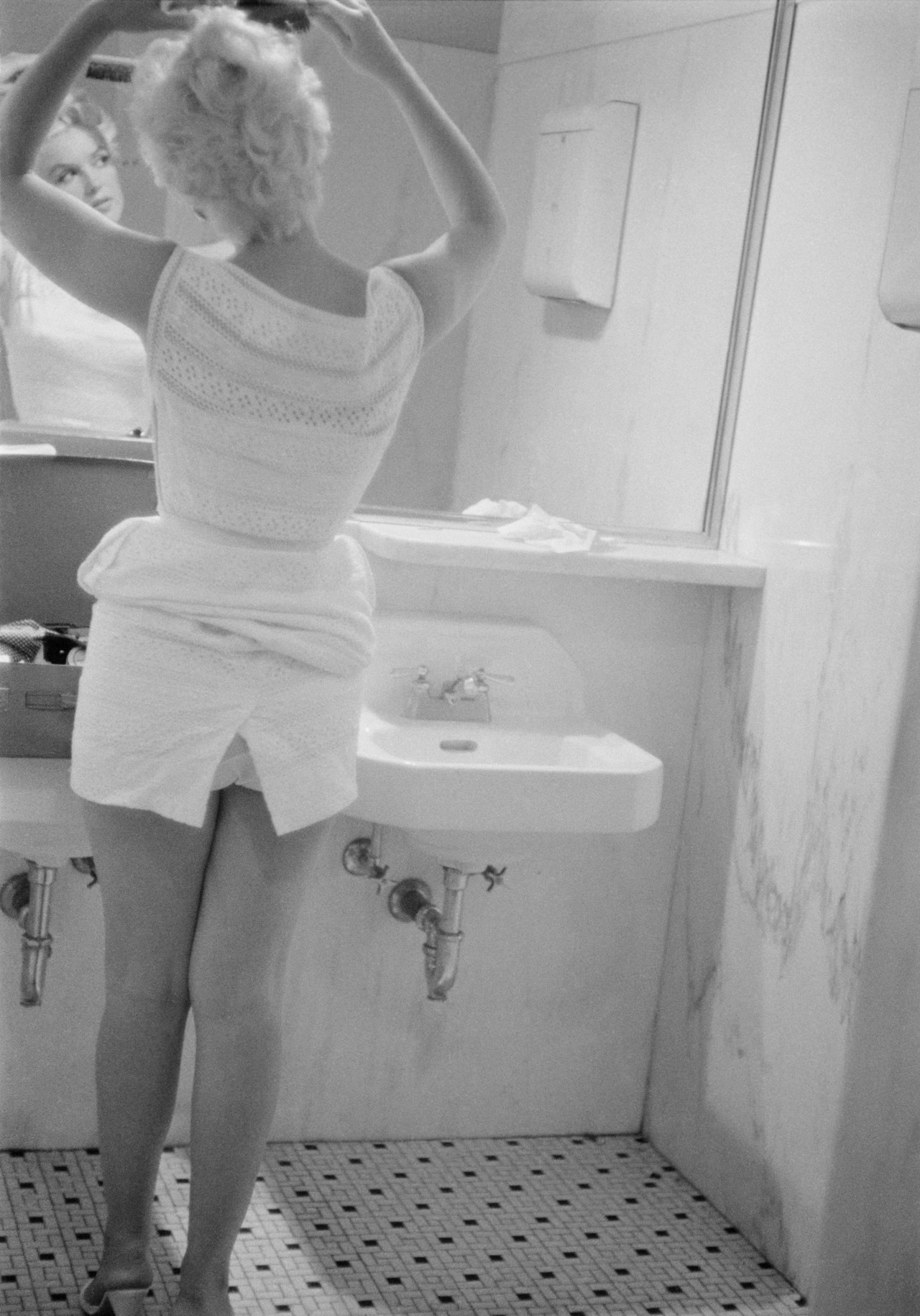

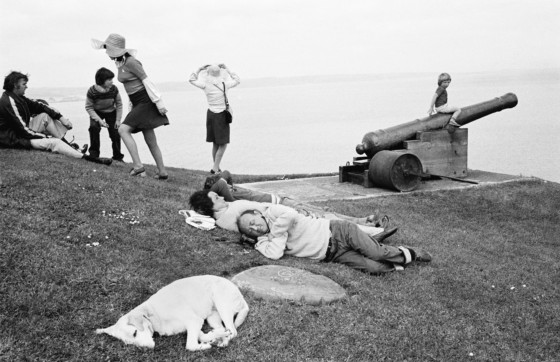
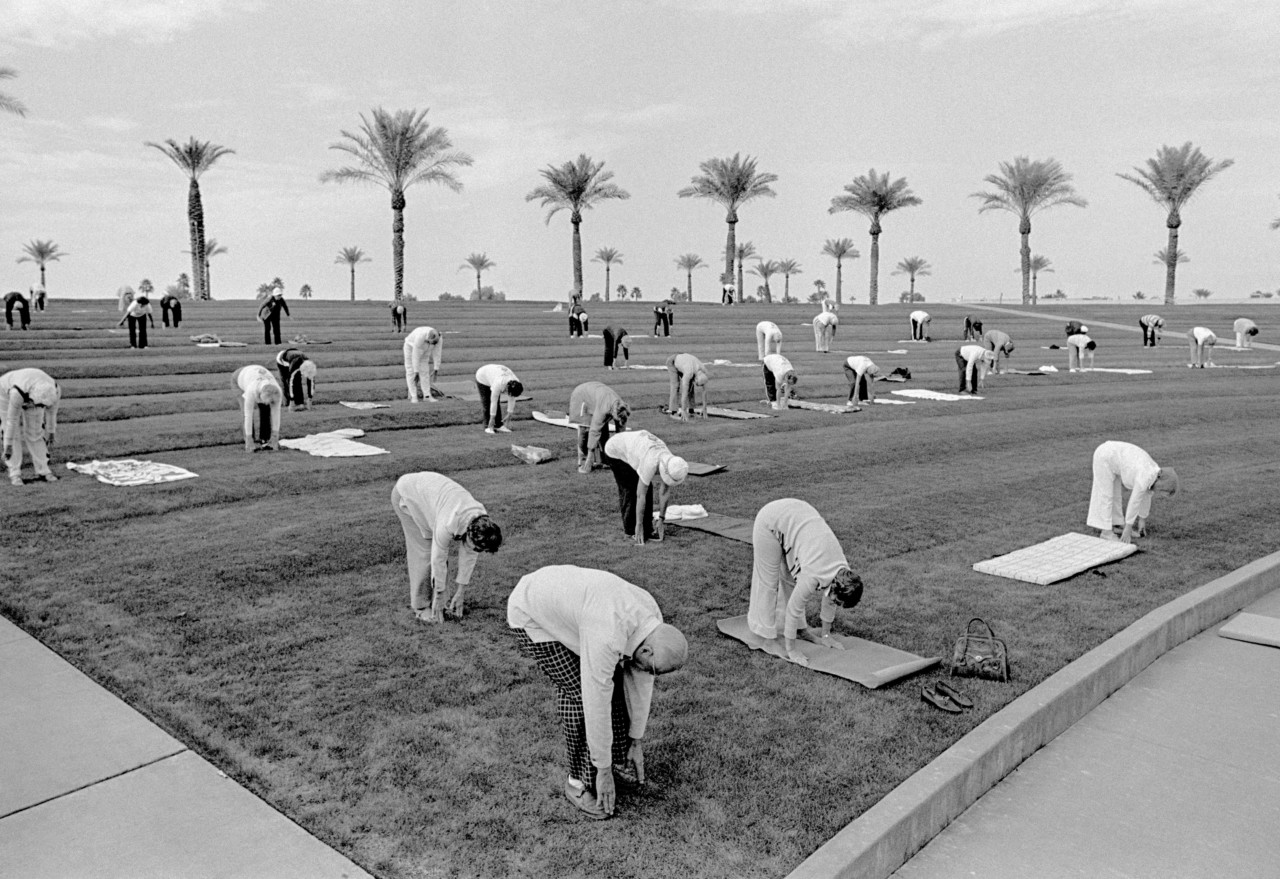

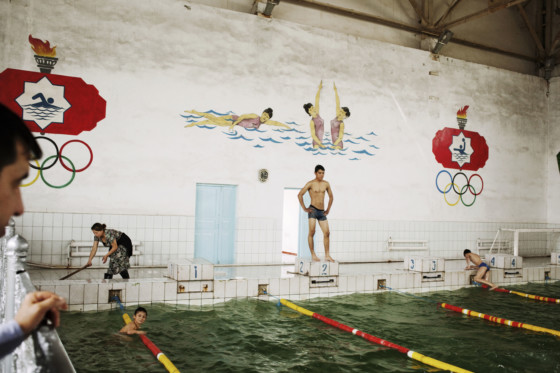


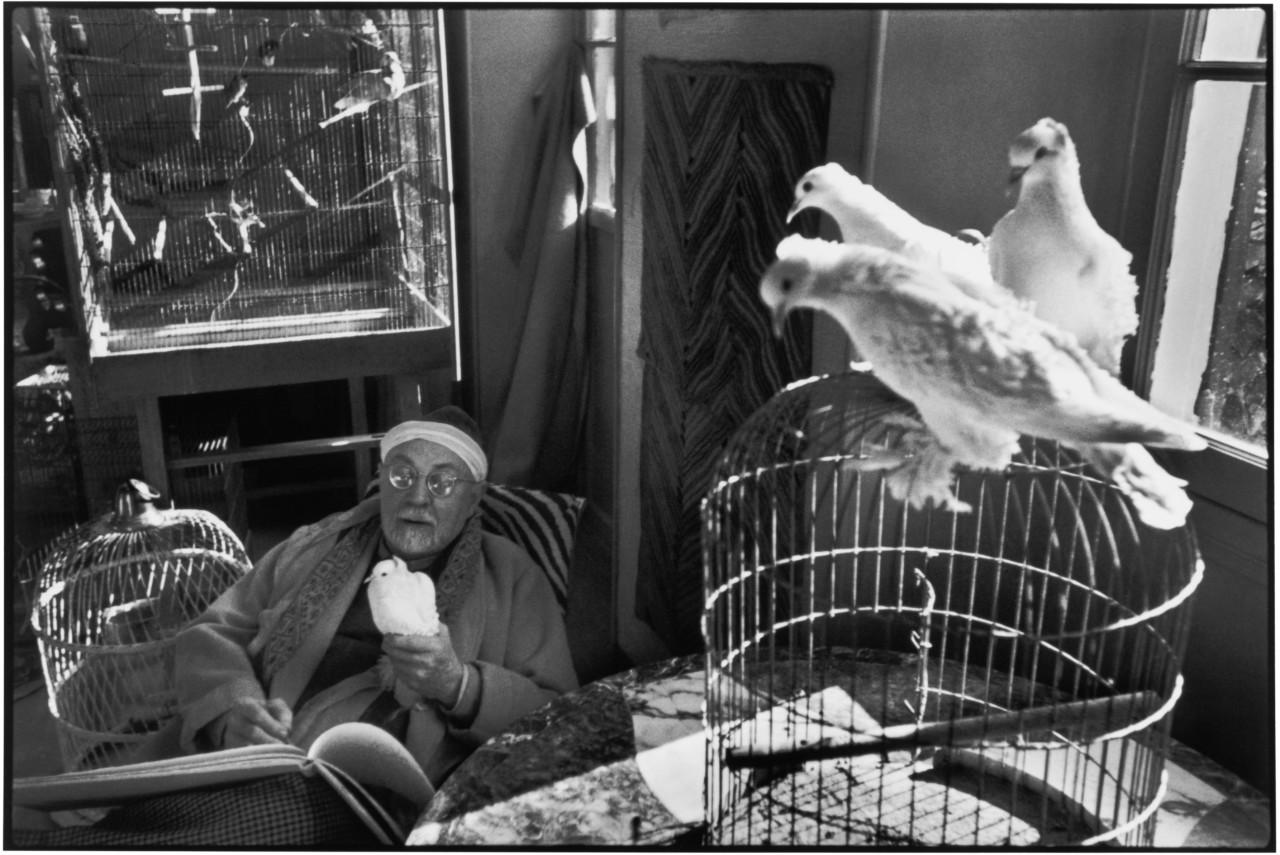
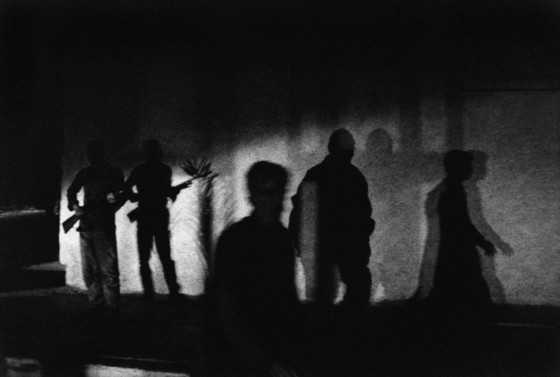
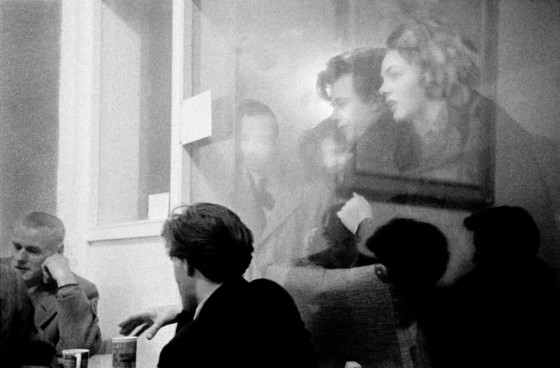

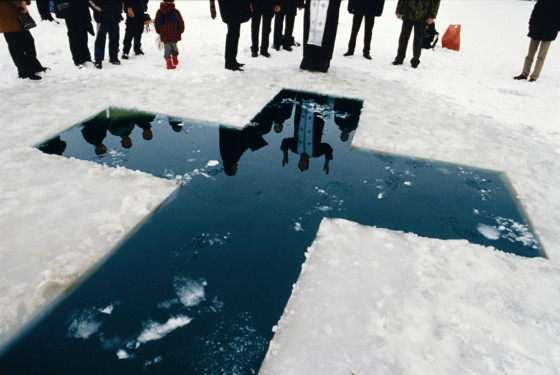

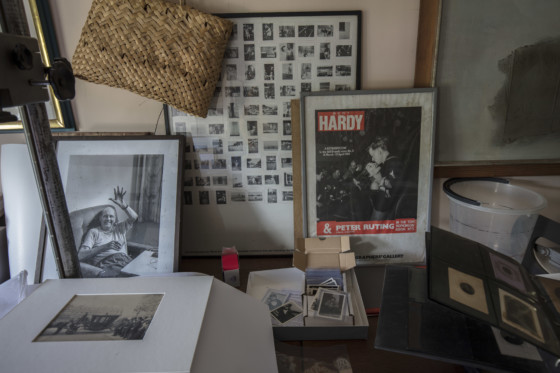
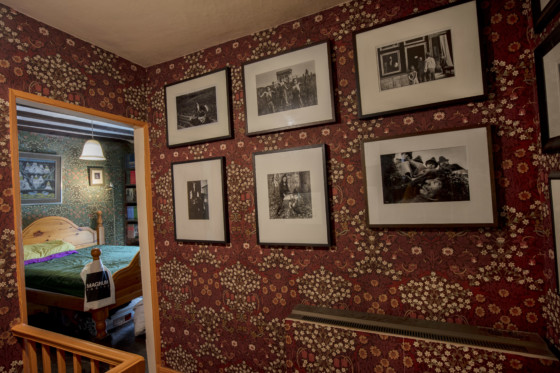

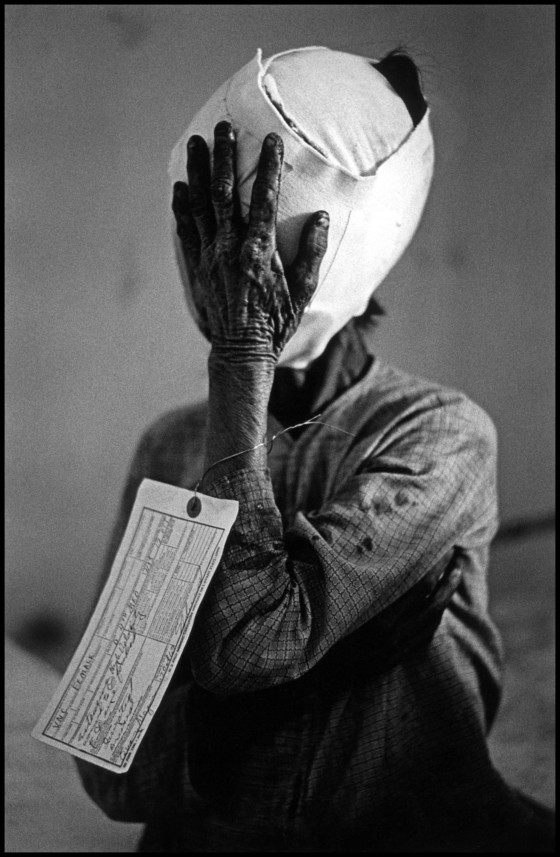
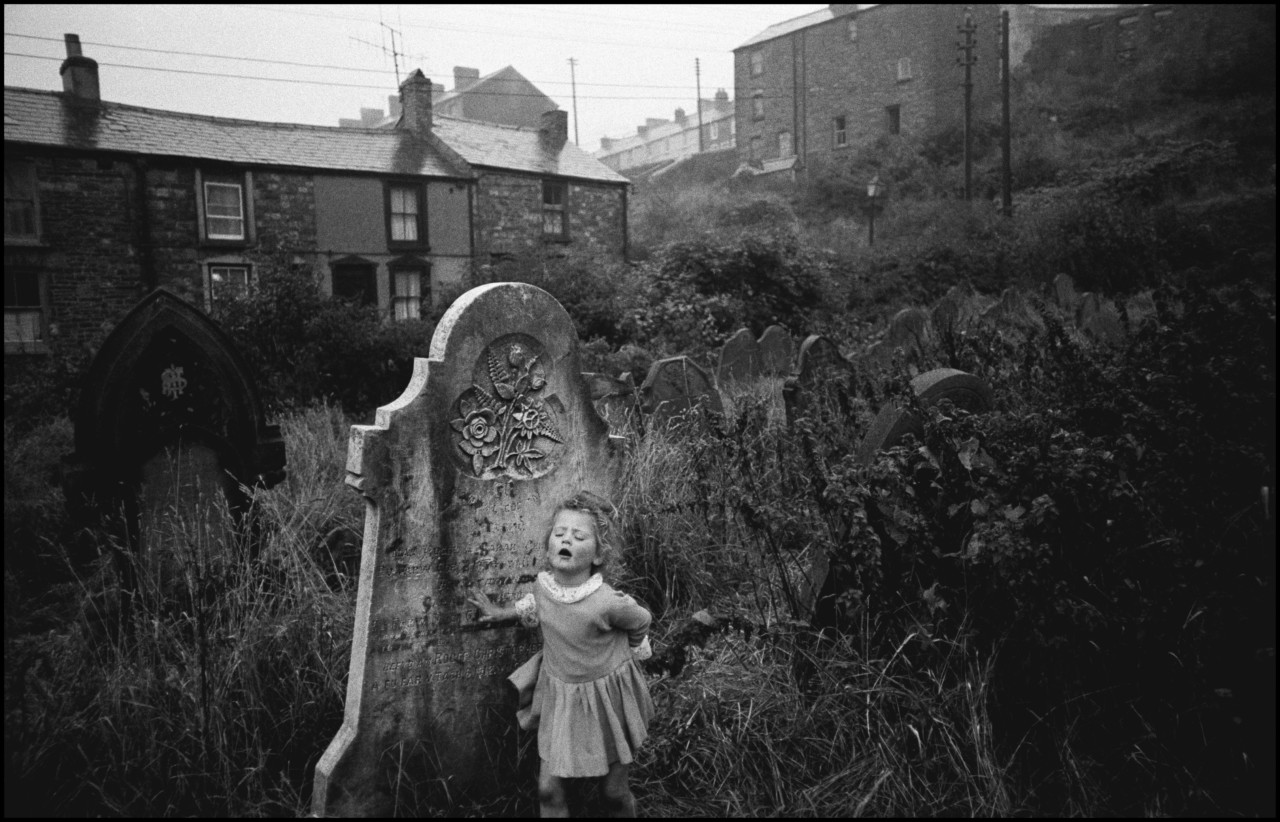
No comments:
Post a Comment